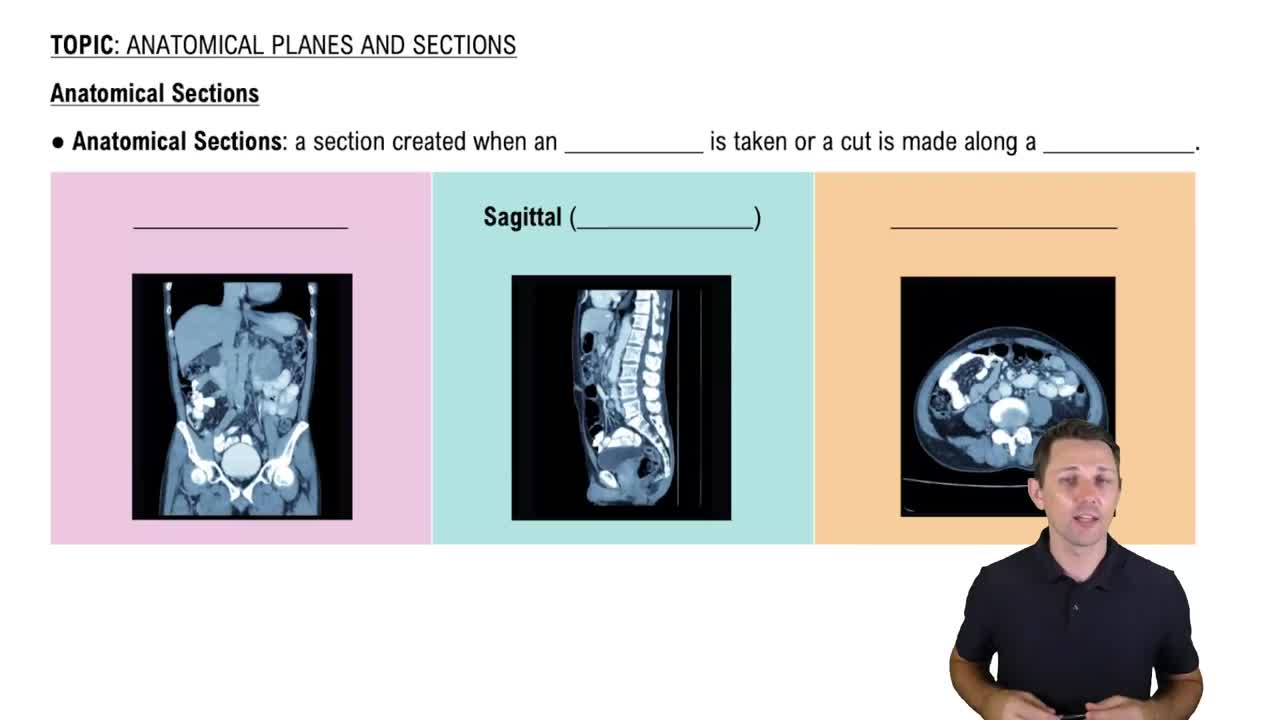If the papillary muscles fail to contract:
(a) The ventricles will not pump blood
(b) The atria will not pump blood
(c) The semilunar valves will not open
(d) The AV valves will not close properly
(e) None of these happen
 Verified step by step guidance
Verified step by step guidance Verified video answer for a similar problem:
Verified video answer for a similar problem:



 7:1m
7:1mMaster Intrinsic Cardiac Conduction System with a bite sized video explanation from Bruce Bryan
Start learning